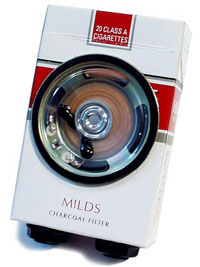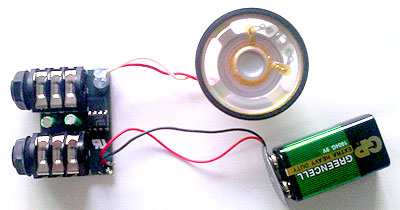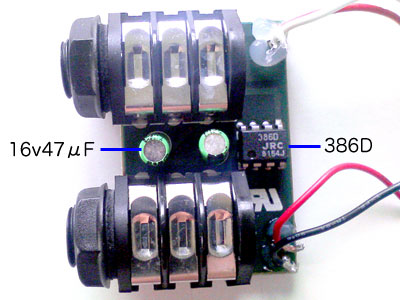So, i have this little volume controller circuit board from an old "build it yourself" am/fm radio kit. I was curious to know, if i install it in my guitar, will it act effectively as a preamp? i dont know how it will affect tone, because i've never used a preamp before. is it even possible/safe to do this?
Here are a few pictures of the circuit:


it has wires for signal in/out and the battery wires. it originally used the 6v supplied by the 4x AA batteries in the radio, but since then I have lost the battery holders.... so would it be safe to use a 9v battery?
basically my questions are.... would it work, is it safe, and what should i expect for results?
Here are a few pictures of the circuit:


it has wires for signal in/out and the battery wires. it originally used the 6v supplied by the 4x AA batteries in the radio, but since then I have lost the battery holders.... so would it be safe to use a 9v battery?
basically my questions are.... would it work, is it safe, and what should i expect for results?





Comment